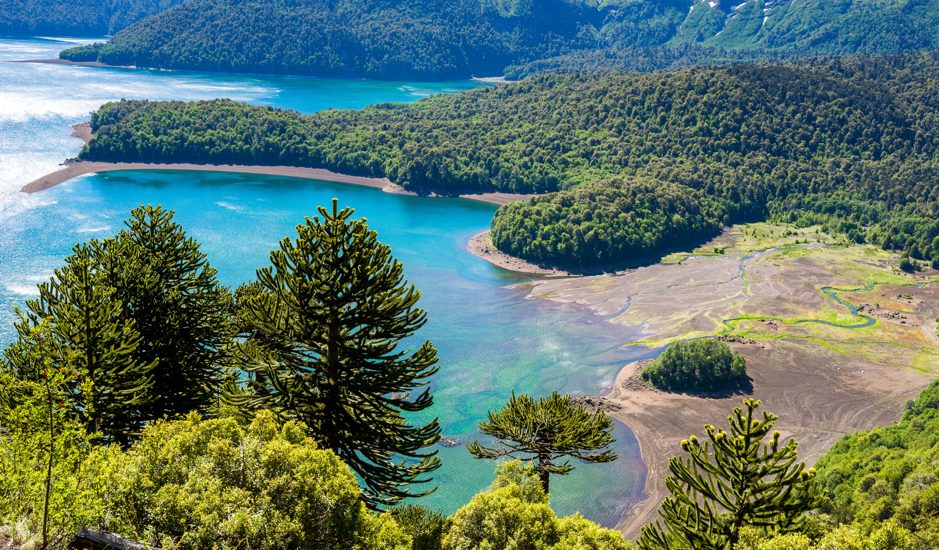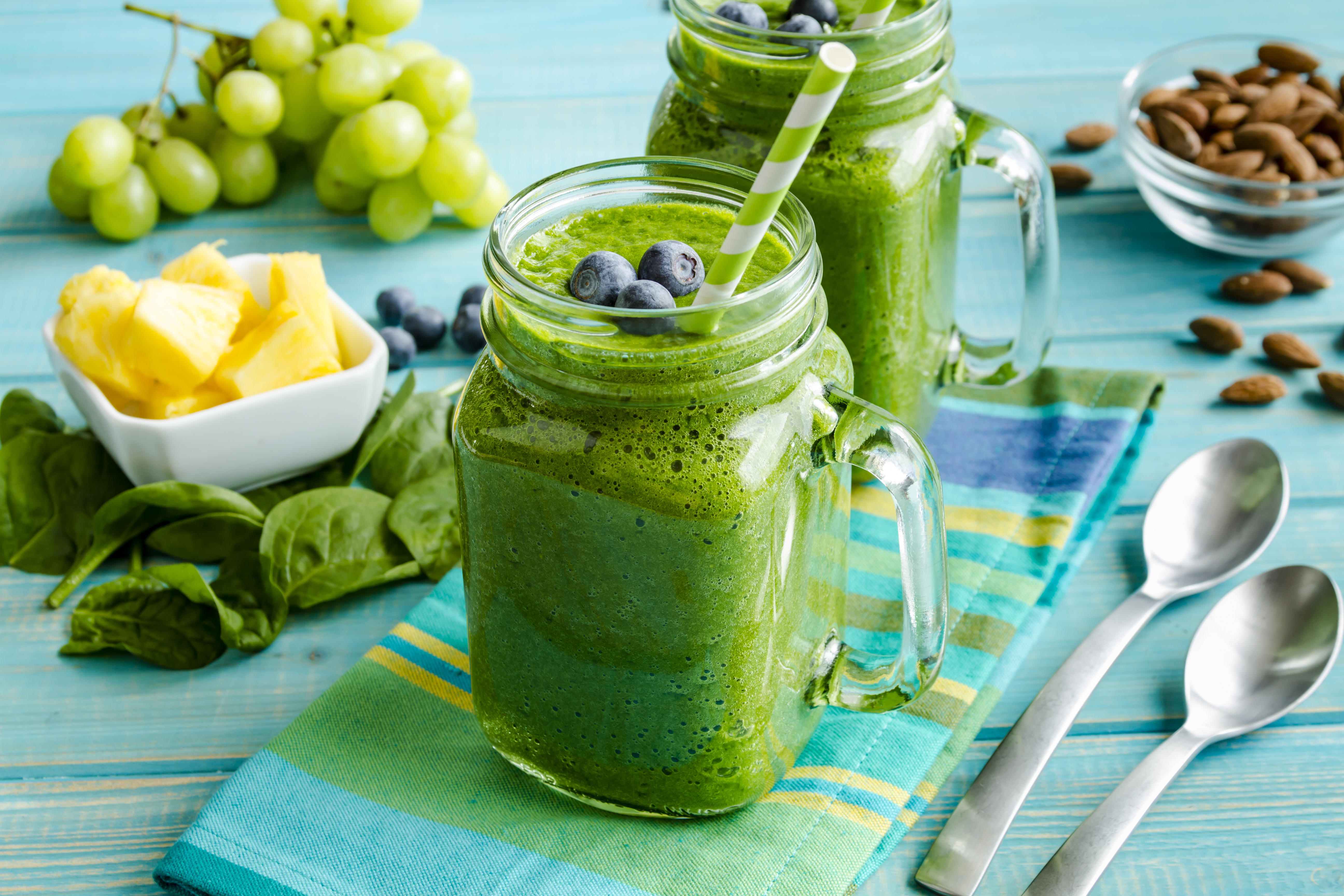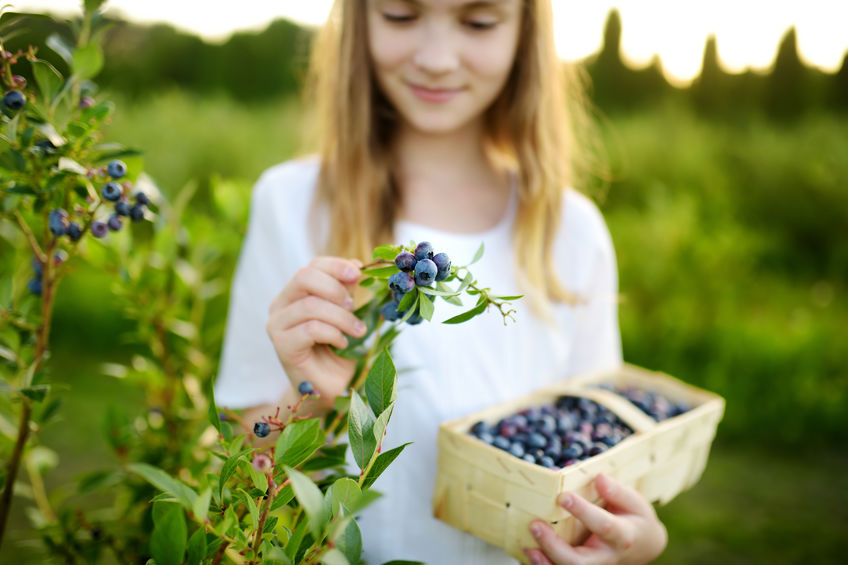
01 Feb The mysteries of a Millennial Park
How the Conguillio Park favors the local production of Chilean food.
If you live in Chile or have ever been to visit, you likely will have heard about Conguillio Park, one of the most representative tourist destinations of the Araucanía region. But its ancient trees and diverse vegetation are not the only qualities that this renowned area has.
The natural wealth of its soils have made it a key place for local food production in Chile. The area has more than 60,832 hectares and is covered by lakes, araucarias and even the Llaima volcano. The benefits of its lands and the characteristic climate of southern Chile extend beyond the limits of the park.
What makes Conguillio Park so special?
A couple of years ago the BBC classified Conguillio Park as “one of the last refuges in the world to preserve the landscape where dinosaurs lived.” It is far more than that. In addition to the park’s unique flora and fauna, its lakes, lagoons and the Llaima volcano with an altitude of 3,195 m make it one of the most exotic ecosystems in the world. Its soil rich in nutrients and minerals fills everything that grows in the surroundings of the Araucanía with life.
In addition, its unique climate that goes from temperate-warm to temperatures below zero at altitudes above 1400 m on its peaks and hills. This allows the vegetation that grows in Conguillio Park to be very diverse during all months of the year.
It is a paradise for agriculture and local producers. The surrounding areas such as the Victoria, Gorbea, Collipulli and Lautaro communes of the Araucanía region are places that make the best use of the natural wealth shared in Parque Conguillio through its soils.
In fact, the nutritional properties of the farmland found there is ideal for the production of fruits such as blueberries, cherries, hazelnuts, strawberries, blackberries and raspberries.
But how are they different from other fruits grown on Chilean soil?
So far, fruit production continues to represent a low percentage of current consumption in the country. However, more and more local producers have decided to cultivate these lands. The reason is that the “terroir” of everything that is grown in this area, gives a unique flavor to wild fruits or “berries.” This is highlighted by the agricultural engineer from Ciren Horacio Merlet, who for several years has been studying the fruit potential of these species given the characteristics of the soil and climate of the region. On the other hand, we must emphasize that some cereals and tubers such as potatoes cover a very important percentage of total consumption in the country.
Can the climate and soil improve the taste of fruits?
If you like to taste the different nuances of flavor in wine, you will know that although wines are all made from the same fruit (grapes), the taste can change significantly, depending on the treatment that has been given to the crop, the climatic conditions and the nutritional properties of the soil. This is especially true for fruits that contain pruin on their surface such as apples, blueberries, grapes or plums.
This substance is actually a kind of wax (this is why when we rub them they are shiny), capable of absorbing the aromas of the trees that are close to the crops. Imagine what it would be like to eat a blueberry or an apple that is part of the thousand-year-old trees that grow in Conguillio Park and transport their aroma through the winds to the entire Araucanía region? In addition, warm weather of months like December (when berry production increases) prevents acidity from accumulating in the fruit and its flavor becomes especially sweet.
Who would not want to try fruits that are produced in this area with such a diverse ecosystem and mineral rich soils?
We are sure that everything that is produced in the Araucanía region is very special and worth trying.

5 benefits of consuming fruits and vegetables throughout the year
You may not be very aware of it, but the possibility that you can consume blueberries, strawberries, raspberries, blackberries and other fresh summer fruits, in winter, is due to important advances in growing practices, transport logistics and storage. All these advances together, allow you to

How to detoxify the body?
More and more people are committed to the idea of having a healthier diet. As a result of this, detox juices have become popular again. In fact, although until a couple of years ago we associated detox juices with recipes for weight loss, today we

The superfruit of the century
They are delicious in smoothies, with yogurt, in jams, on cakes or even in cupcakes and are also considered one of the healthiest fruits of the 20th century for all the favorable effects they have on health. What more can we ask of nature, when



